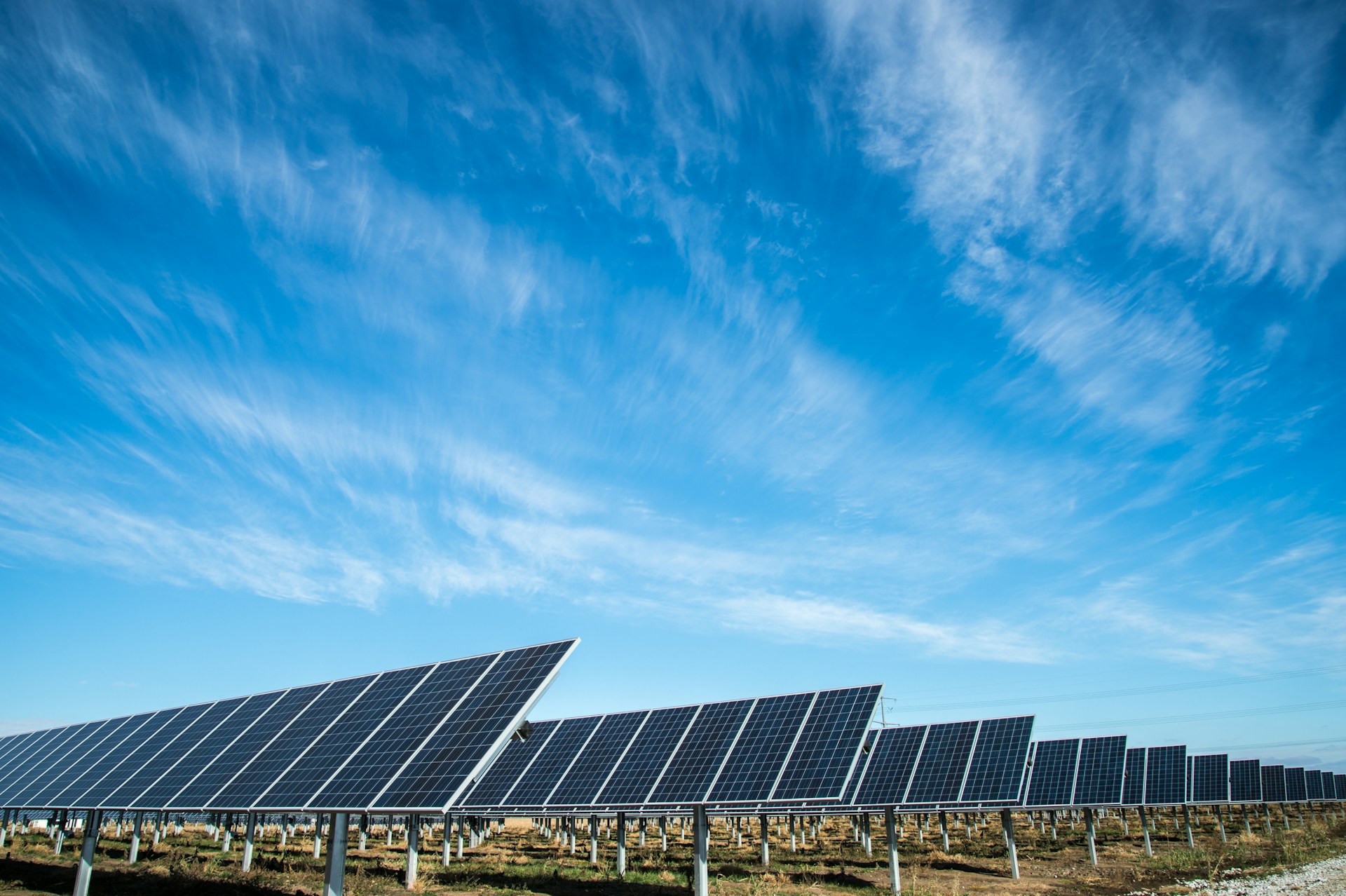
Sci&Tech Writer Yankie Chow investigates new research on the possibility of solar farms generating clean energy in space
With the improvement of technology in recent decades and the exploration of the universe, there is a possibility that solar farms in space could be implemented in the future, according to new research by the University of Swansea and Surrey.
Solar farms are an alternative way to reduce carbon emissions by using renewable sources of energy, as they don’t create waste or chemicals by-products, making them comparatively cleaner than other forms of energy. Despite the expensive average price of a solar panel, they are one of the most popular forms of clean, renewable energy sources, reducing not only greenhouse gas emissions, but simultaneously energy bills.
Despite the expensive average price of a solar panel, they are one of the most popular forms of clean, renewable energy sources
The costs of Solar farming are expensive. But with the popularity of renewable energy on the rise, that has helped solar panel manufacturers to develop more cost-effective components, leading to a huge decrease in cost over the last decade. Despite how high start-up costs are at the beginning of solar projects, this could be offset by the lower ongoing costs and other benefits. Solar plants have minimal demands in operation and maintenance, as well as no waste by-products. Therefore, operating costs are minimal beyond the initial investment. In the end, solar farms are profitable – the average return on investment of a solar farm is between 10 – 20% providing they are well-maintained, and they offer consistent and reliable energy production, meaning that most solar farms pay off installation costs within around 5 to 10 years.
The panels have the ability to resist solar radiation, and the thin-film structure would not deteriorate in harsh thermal and vacuum conditions in space
What about setting up solar farms in space? According to the research from the Universities of Surrey and Swansea, it is viable to produce low-cost and lightweight solar panels that could help generate energy in space. Scientists observed how the panels generated power and weathered solar radiation, and the findings proved that the panels could work reliably in orbit. Experiments have shown that the panels have the ability to resist radiation, and the thin-film structure would not deteriorate in harsh thermal and vacuum conditions in space. The study showed how these ultra-low mass solar cells deployed in space could bring clean energy back to Earth. The panels can cover a large area and are more lightweight, providing greater power than the current technology nowadays.
Therefore, with the continuous research development of new solar cells, solar farms in space could be implemented in the near future. Researchers are continuing to develop better solar cells that are more lightweight and have a larger surface area for providing greater power in the future so that they could be cheaper to manufacture. These successful findings provided opportunities to develop better technology as well as expand the market for solar farms and space technology. It won’t be long before the possibility of solar farms in space becomes a reality.
Enjoyed this article? Check out more from Sci&Tech here:
Comments